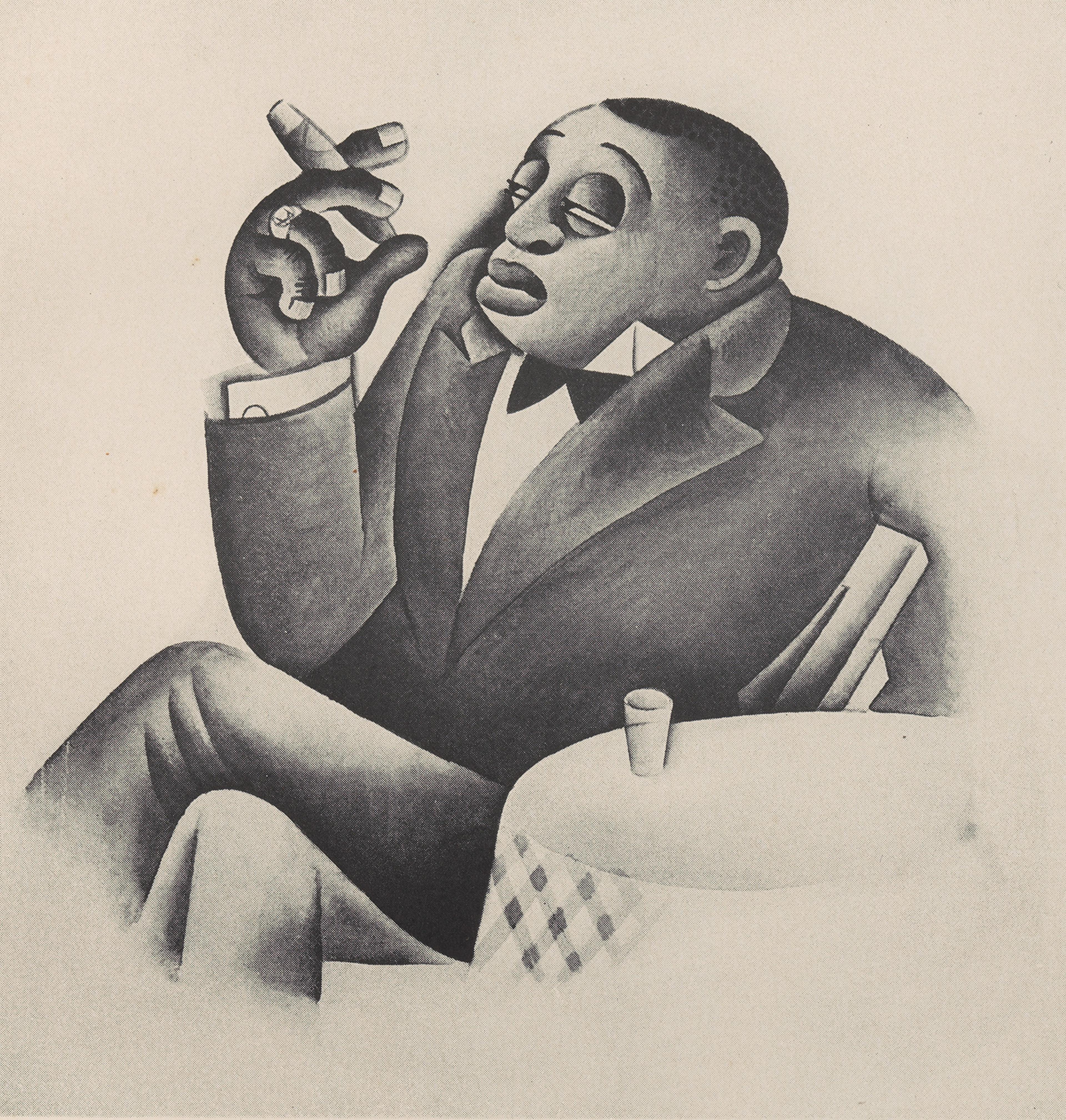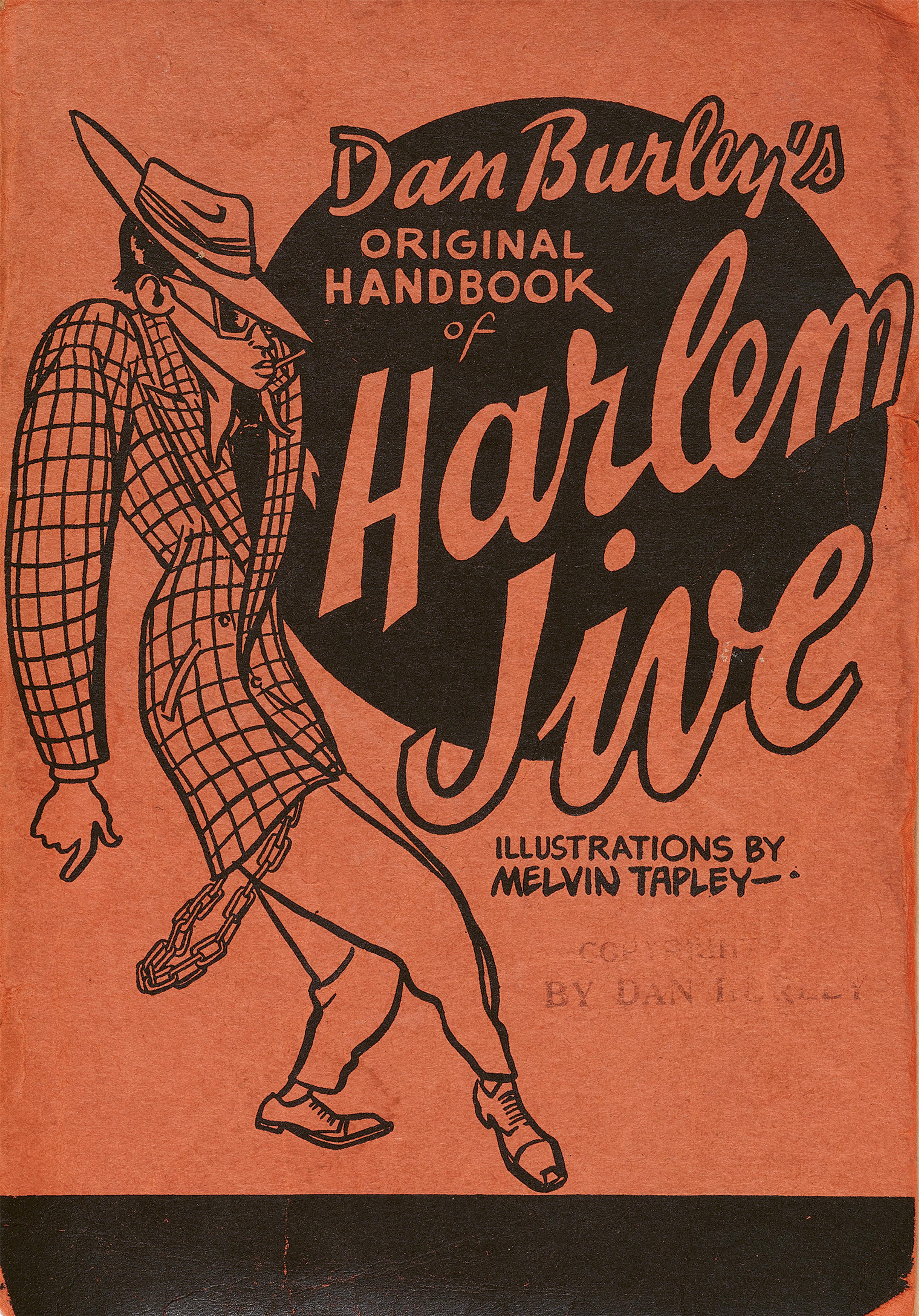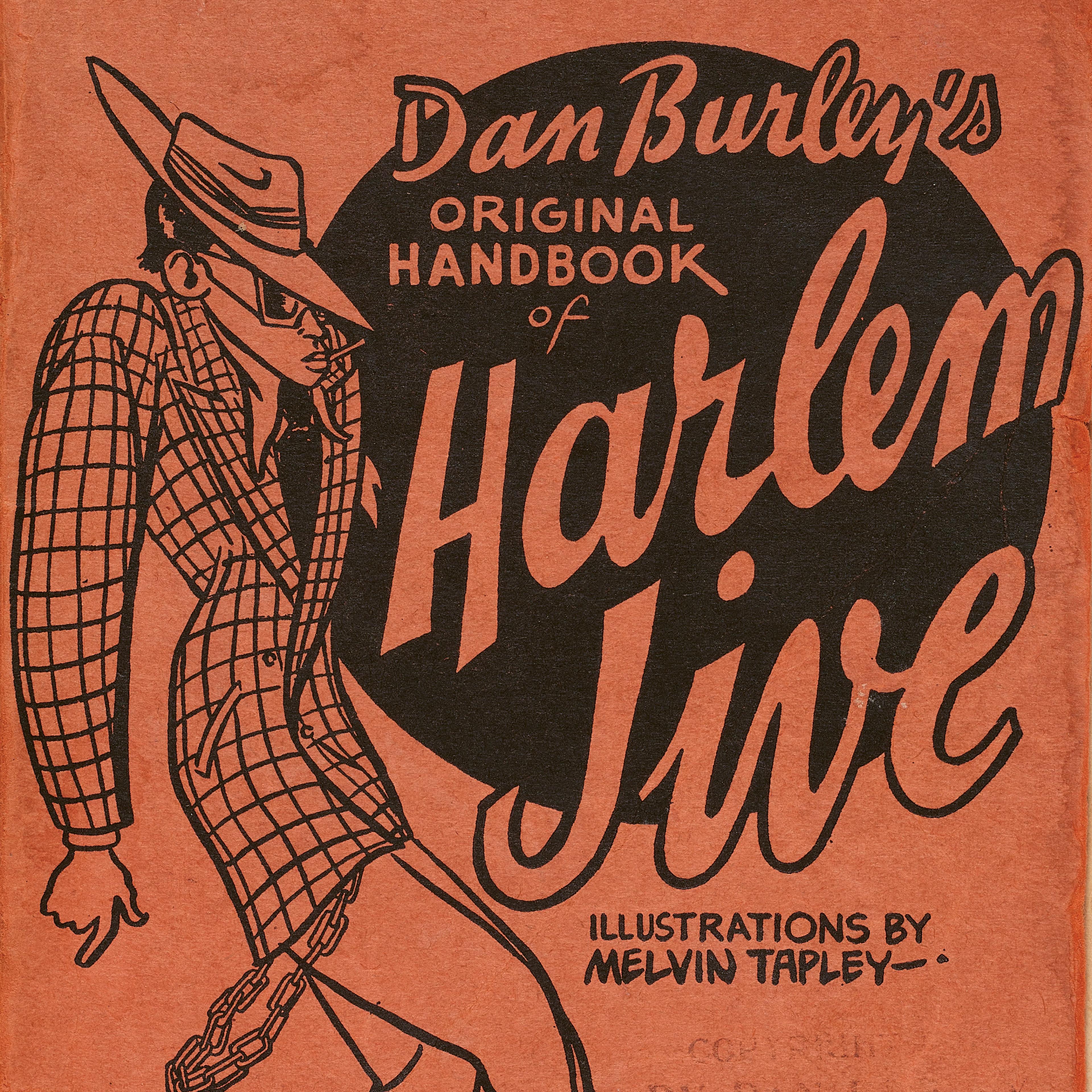In Black culture, style has been measured as much by how you talk as by what you wear or how you move. By the mid-twentieth century, the rapidly shifting, hugely influential vernacular known as jive radiated through American culture as the defining index of cool. The explosion of the commercial recording industry in the 1920s made blues and jazz the first truly national popular musical forms, transforming stars like Bessie Smith, Louis Armstrong, Duke Ellington, and Ethel Waters into international celebrities. And crucially, the qualities associated with Black music—astonishing inventiveness, rhythmic drive, and unruffled aplomb—came to be defined by criteria that emerged from the culture itself. According to Black musicians, the greatest artists possessed not only technical virtuosity and interpretative sensitivity but also “swing,” which historian Albert Murray described in a 1989 talk on Ellington as “equilibrium under the pressure of all tempos and unforeseeable but not unanticipated disjunctures.”

Miguel Covarrubias (Mexican, 1904–1957). The Bolito King, published in Negro Drawings, 1927. The Metropolitan Museum of Art, New York, The Irene Lewisohn Costume Reference Library
Unpredictable and effervescent, the guild’s idioms—used by musicians offstage and after hours to goad rivals as well as express mutual admiration—became emblems of style that could be adopted and paraded just like a porkpie hat or wingtip shoes. On “Heebie Jeebies,” his first major hit in 1926, Armstrong both played cornet and sang on a record for the first time, though he famously abandoned the lyrics and “started to Scatting” (as he recounted in a 1951 Esquire article), singing an infectious rhythmic succession of nonsense syllables. His friend the clarinetist Mezz Mezzrow explains in his 1946 memoir Really the Blues that the record “took all of Chicago by storm,” as “you would hear cats greeting each other with Louis’ riffs when they met around town—I got the heebies, one would yell out, and the other would answer I got the jeebies, and the next minute they were scatting in each other’s face. Louis’ recording almost drove the English language out of the Windy City for good.”
To put it another way, Armstrong’s insouciant phraseology recast the language, blowing English in an entirely new direction. And the music’s fresh verbal idioms quickly became the dominant paradigms of modern style. As anthropologist Zora Neale Hurston puts it in her 1934 essay “The Characteristics of Negro Expression,” the African American “has made over a great part of the tongue to his liking and has had his revision accepted by the ruling class.” For Hurston, this influential linguistic renovation “arises out of the same impulse as the wearing of jewelry and the making of sculpture—the urge to adorn.”

Melvin Tapley (American, 1918/19–2005). Cover of Dan Burley’s Original Handbook of Harlem Jive by Dan Burley, 1944. The Metropolitan Museum of Art, New York, The Irene Lewisohn Costume Reference Library
A few Harlem Renaissance novels include glossaries of slang, like the “Introduction to Contemporary Harlemese, Expurgated and Abridged” in Rudolph Fisher’s 1928 The Walls of Jericho. In the 1930s swing era, as the idioms specific to Black urban culture in Chicago and Harlem spread nationally, linguists, jazz journalists, and gossip columns—including Billy Rowe’s Notebook in the Pittsburgh Courier and Dan Burley’s Back Door Stuff in the New York Amsterdam News—documented the quickly changing currents of the vernacular. But the first stand-alone lexicon was prepared by a musician closely associated with the new style: singer and bandleader Cab Calloway. Calloway published A “Hepster’s” Dictionary in 1938, explaining in the foreword to the 1944 edition that the compilation started as a “glossary of words, expressions, and the general patois employed by musicians and entertainers in New York’s teeming Harlem,” with terms derived from that milieu (the joint is jumping, or orchestration, meaning “overcoat”). But within a few years, “jive talk” had become “an everyday part of the English language,” as evidenced by the familiarity of such neologisms as chick, dig, pad, square, mellow, in the groove, have a ball, and hip. In 1944 the poet Langston Hughes encouraged Burley to publish his own compendium, Dan Burley’s Original Handbook of Harlem Jive, which was followed by a parade of other such reference works, including the singer Slim Gaillard’s 1946 Vout-o-Reenee Dictionary, a mixture of “jive talk” and “bebop” with foreign words and a personal argot he called “Gaillardian.”
These jive dictionaries promise access to an insider lingo, cracking ‘a secret inner-circle code’ that ‘brings those in the know closer together.’
These jive dictionaries promise access to an insider lingo, cracking “a secret inner-circle code” that “brings those in the know closer together,” as Mezzrow observes. And even as Burley insists that jive is a “language in motion” that cannot be captured since expressions are continually being “tried and discarded, accepted or rejected,” he nonetheless calls his handbook a “guide,” a set of tools the reader can use to join the club.
The Original Handbook of Harlem Jive traces the roots of the word jive to the English jibe (“to taunt, to scoff, to sneer—an expression of sarcastic comment”), and Burley emphasizes that the code is equally a critique of the norms and assumptions of the dominant culture, only adding to its allure. For Mezzrow, jive talk is a way of “mocking . . . the idea that words are anything but hypes and camouflage.” In its inspiring flights, its delight in the sheer pleasures of sound (yackety-yak, bebop, hootchy-kootchy, honky-tonk), and its penchant for figurative gems (I got my rug beat to mean “I got a haircut”; or Are your boots laced? to ask, “Do you understand?”), jive encapsulates the rebellious invention at the heart of Black music, providing an exhilarating arena for creative self-fashioning.
This essay is adapted from the catalogue Superfine: Tailoring Black Style, which accompanies an exhibition on view through October 26, 2025.
